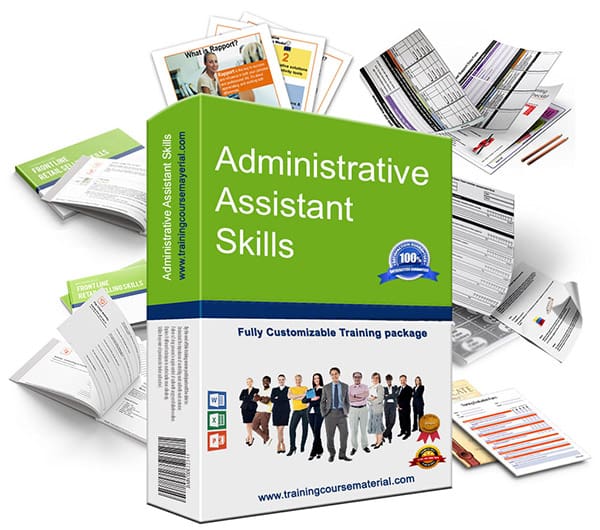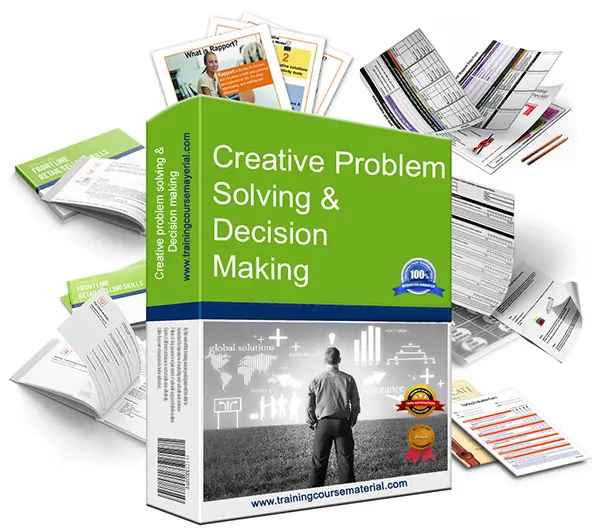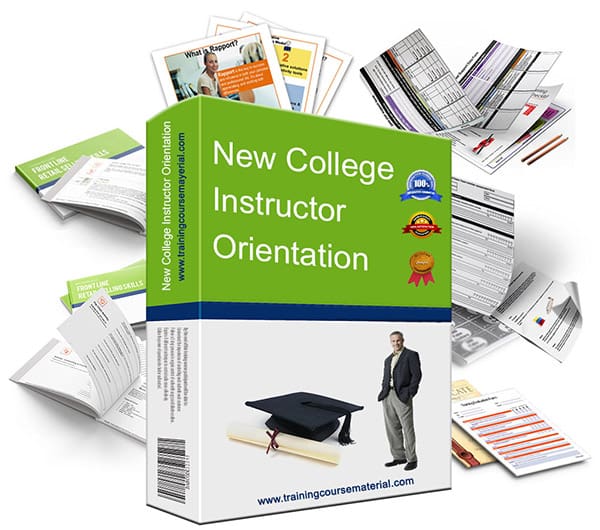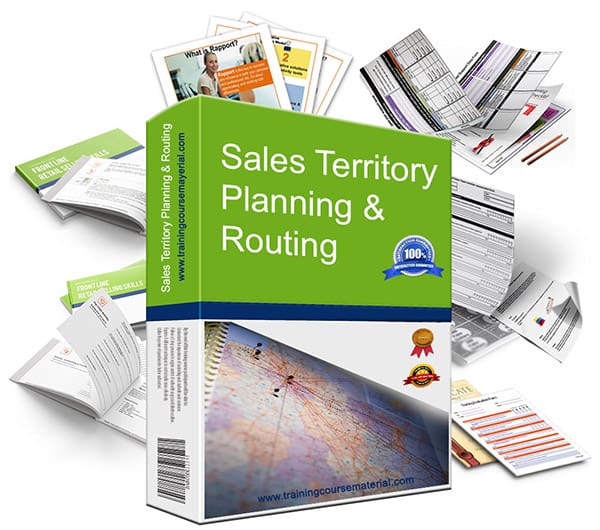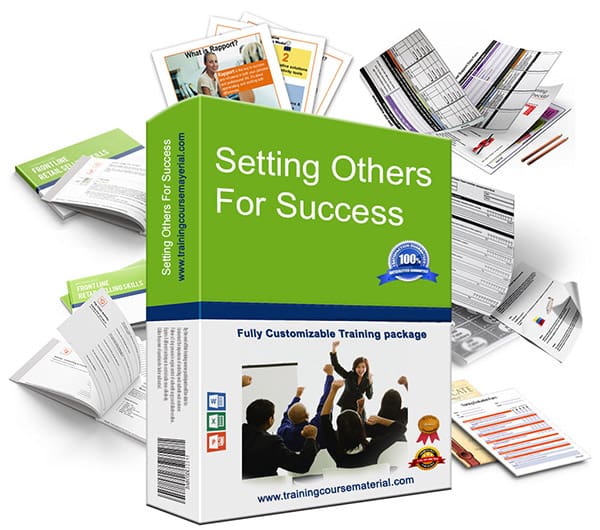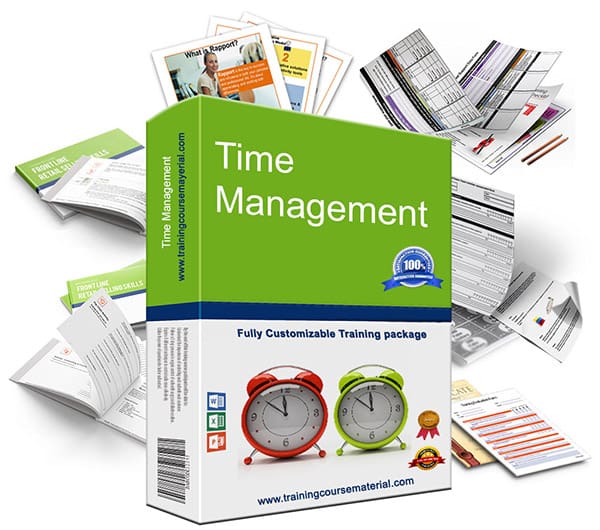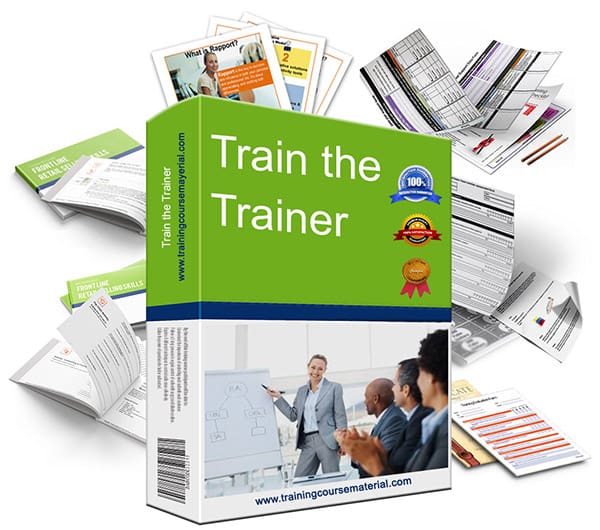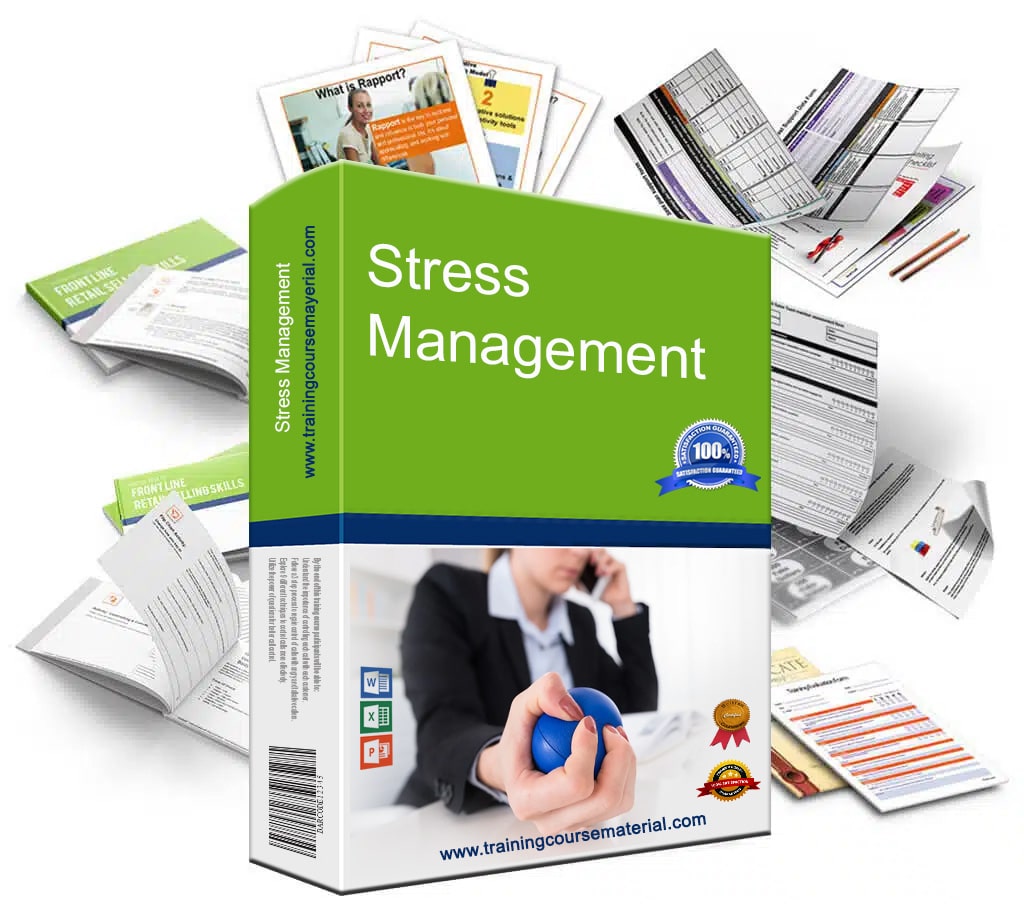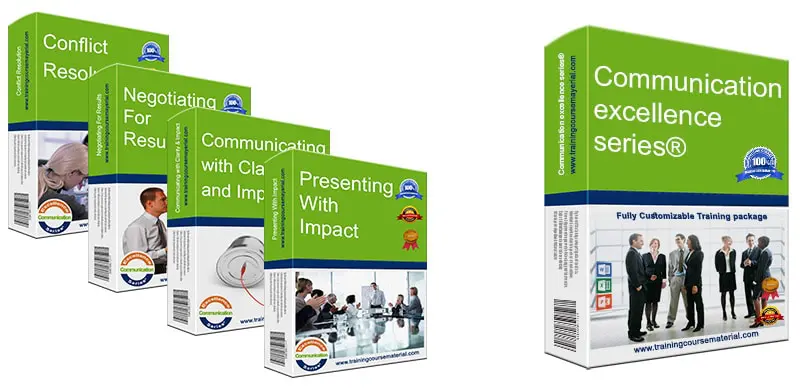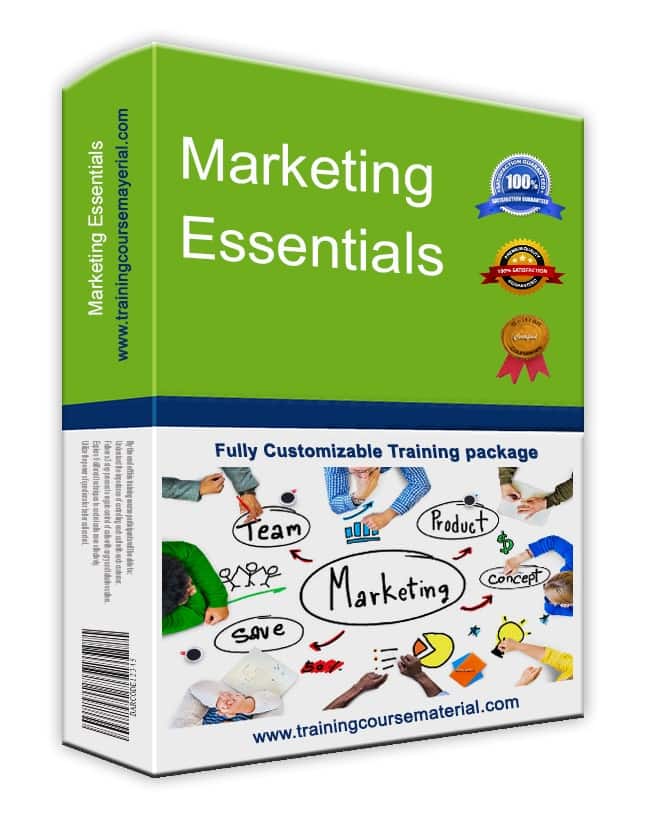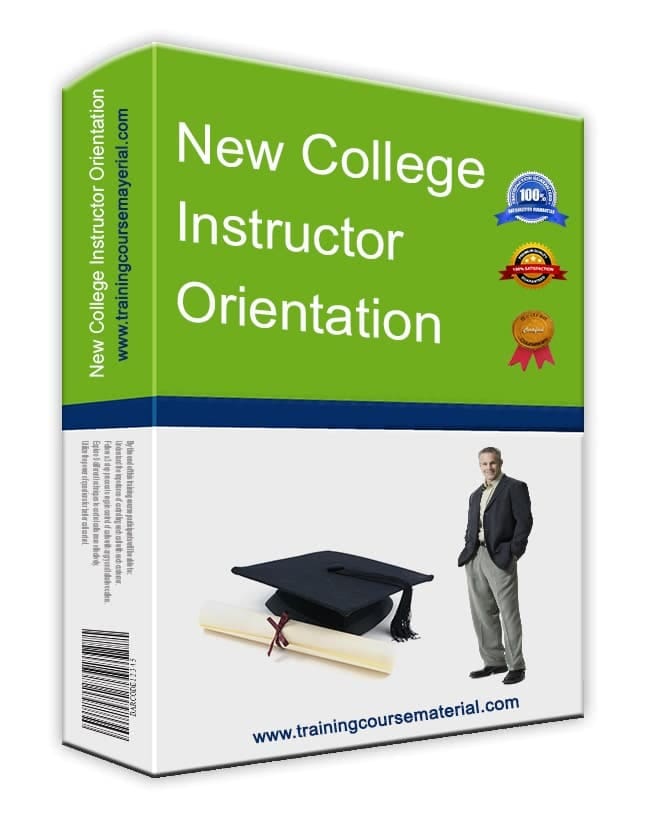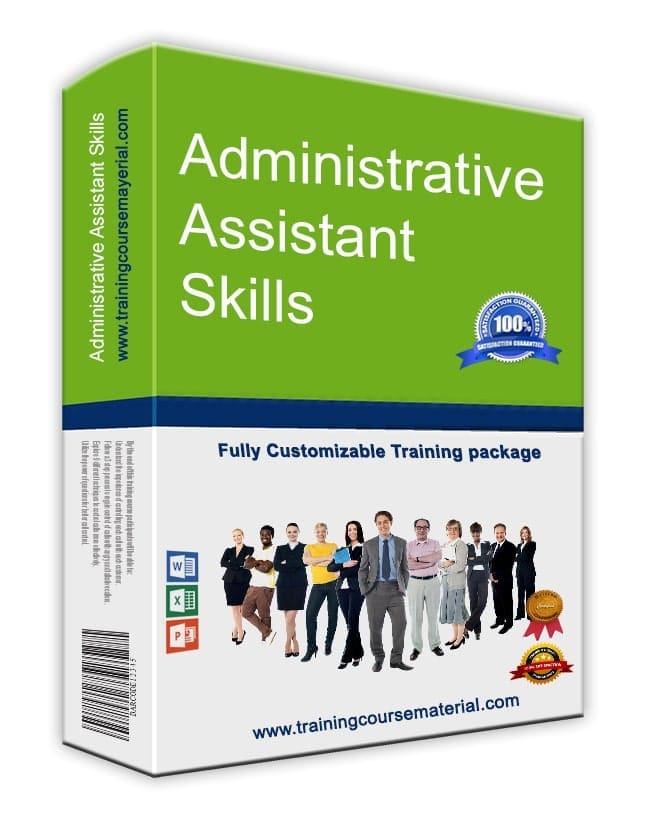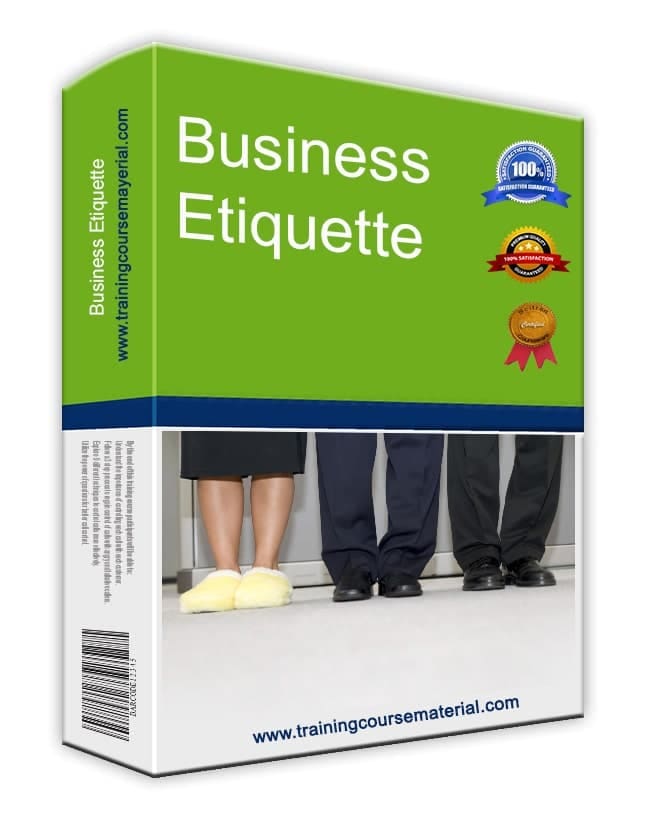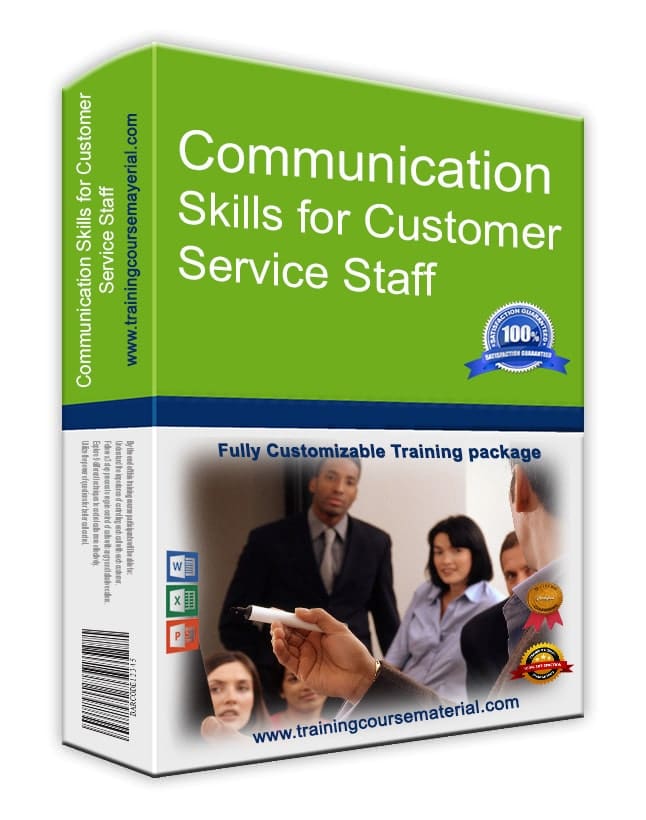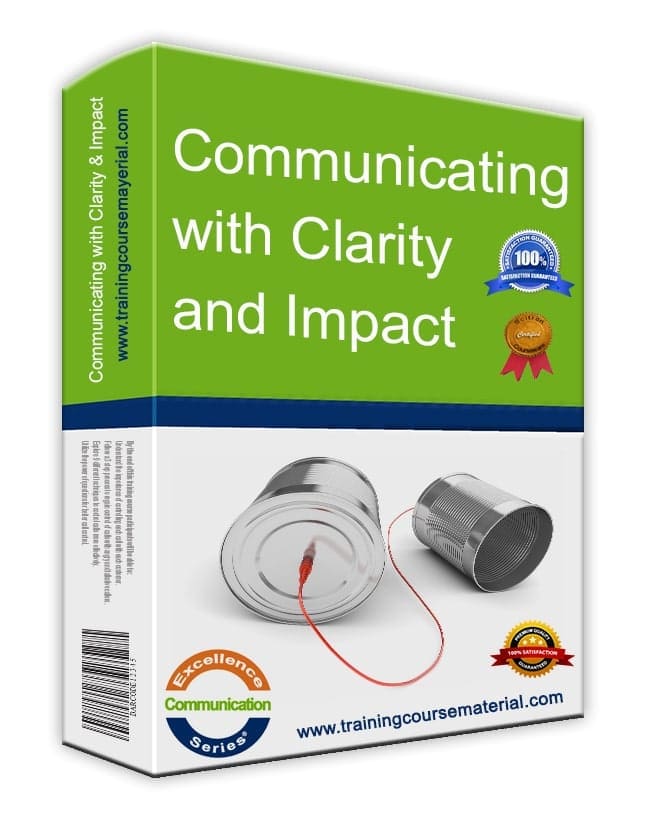By Training Course Material FZE ·
Originally published: 02 April 2021 ·
Last updated: 13 August 2025
Time slips fast in a live room. Side roads, long debriefs, and uneven airtime eat minutes. You can’t control every tangent, but you can design guardrails that keep the session moving and still feel human.
Why trainers run out of time
- Over‑packed agendas and no must‑do vs. nice‑to‑do split.
- Debriefs that wander without a timebox.
- Dominant voices and slow transitions.
- Parking lot lives in your head, not on the wall.
Five moves that protect your clock
- Plan in layers: must / should / could. Mark non‑negotiables you will cover no matter what. Keep 10–15% of time as flex. Note one short back‑up activity if you run fast.
- Make time visible. Announce durations (“You’ve got 6 minutes”), show a slide or phone timer, and give a 60‑second warning. End on the beep—then debrief.
- Use a public parking lot. Capture off‑topic but valuable items on a flip chart or slide. Say, “Let’s park this and return at break or in follow‑up.”
- Manage airtime with scripts. Keep it kind and clear: “Thanks—one more comment then we’ll move.” “Let’s hear a new voice.” “I’m pausing here so we can stay on track.”
- Close loops outside the room. Track unanswered questions, send a short follow‑up note/FAQ, or offer 15‑minute office hours. You respect time and content.
Sample timing grid (90‑minute block)
| Segment | Time | Goal | Notes |
|---|---|---|---|
| Kickoff + outcomes | 0–5 | Align on what we’ll achieve | Timer visible |
| Pulse check | 5–10 | Surface context/level | Hands or poll |
| Teach bite #1 | 10–22 | One key idea | 3–2–1 countdown to wrap |
| Practice #1 (pairs) | 22–35 | Apply + feedback | Visible timer; rotate roles |
| Debrief | 35–42 | Harvest 3 takeaways | Cap speakers to 30s |
| Teach bite #2 | 42–54 | Second key idea | Parking lot for tangents |
| Practice #2 (teams) | 54–74 | Solve + show | Timebox share‑outs |
| Wrap + next steps | 74–90 | Commit one action | Mention follow‑up note |
Ready‑to‑use trainer scripts
Set the timer: “You’ve got 6 minutes. When you hear the beep, finish your sentence and look up.”
Move on gently: “I’m going to pause you there so we can cover the next piece on time.”
Parking lot: “Great point—capturing it here. We’ll return at break or I’ll include it in the follow‑up.”
Balance voices: “Let’s hear from someone who hasn’t spoken yet.”
Trainer’s micro‑checklist
- Mark must/should/could in your plan.
- Show a timer for all activities and debriefs.
- Keep a visible parking lot and use it.
- Use short scripts to cap airtime.
- Send a follow‑up note for open questions.
Common pitfalls (and fixes)
- Over‑planning slides. Plan outcomes, not decks. Trim to essentials.
- No time for practice. Cut talk, keep drills. Practice first, theory second.
- Unclear transitions. Use repeatable cues: “Next is practice—stand, find a partner.”
- Endless Q&A. Timebox and move extra to the parking lot.
Try these next
Related training material packages
FAQs
How strict should I be with the timer?
Use it as a rhythm, not a weapon. End on time, but allow a 30‑second grace to finish a thought.
What if a participant keeps talking?
Acknowledge, set a limit, and redirect: “Let’s park this so we can cover the next step.” Then write it on the parking lot.
How do I recover if I’m 15 minutes behind?
Skip a could item, shrink debriefs to two shares, and move one practice to follow‑up. Say it out loud so the group sees the plan.
Should I publish timings on the agenda?
If the group is anxious about time, yes. Otherwise, keep timings on your guide and make time visible during activities.

